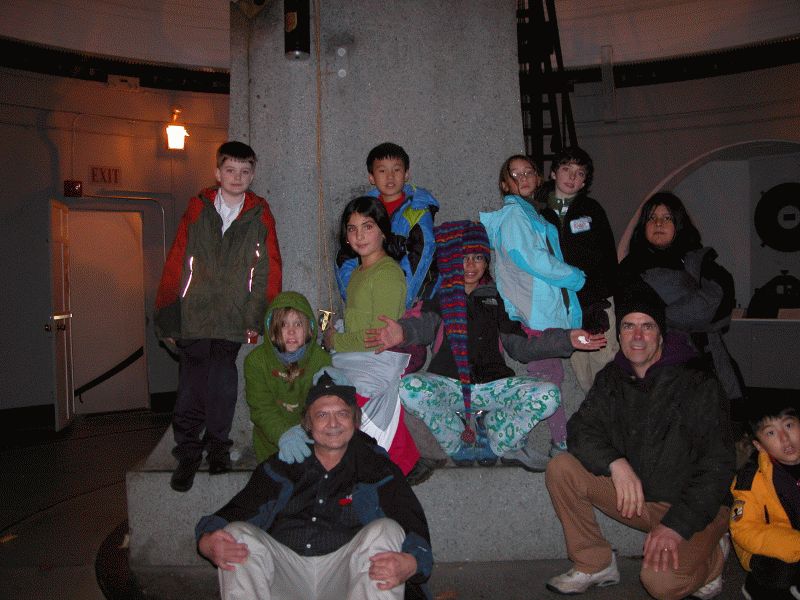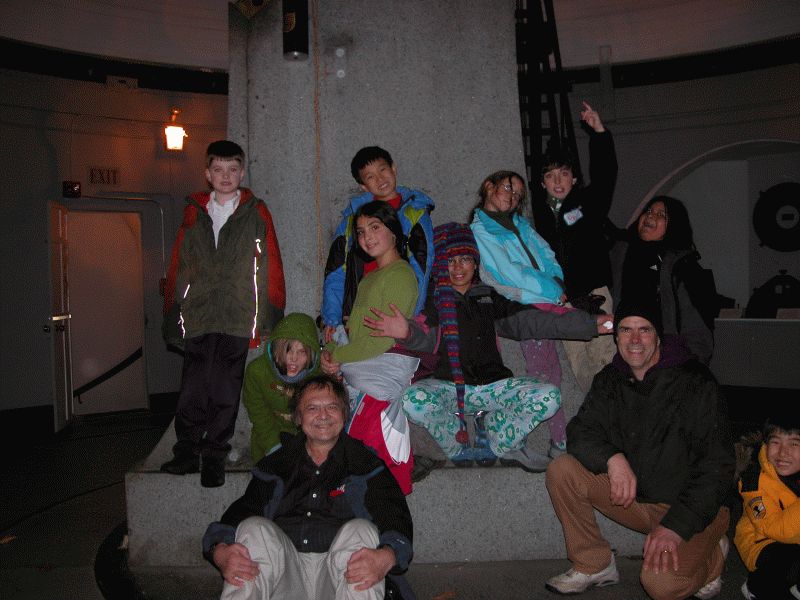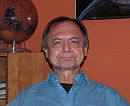“Meet the Universe I” is planned as a ten-week course in Introductory Astronomy taught as part of an after-school astronomy program in the Linnaean Community School. We envision 5 two-week sections, broken up as follows:
· Look at the Sky!
Students will learn about some of the tools astronomers use. Where possible, they will have an opportunity for hands-on access to binoculars, telescopes, cameras, and computers. A daytime tour of a real observatory will be provided. Students will be able to set up accounts on the CfA’s Micro-Observatory to take actual astronomical pictures.
· I Sky!
Students will learn about the Earth as a planet, and the reasons for days/nights, the phases of the Moon, seasons, eclipses, and the rising and setting of stars and planets. Students will be able to reproduce many of these phenomena in class using globes and flashlights.
· Adopt a Planet
We will investigate the scale of the Solar System: how big are the planets and how far away are they? Students will each take on a planet and learn some of its distinguishing characteristics. Let’s imagine: what would it be like if we could travel to other planets?
· The Lives of Stars
Students will learn that stars are suns, and that they are born, age, and die; the stars we see are at many different parts of their lifecycles. There are white dwarfs, blue giants, red supergiants, and black holes.
· Our Galactic Community
Just as people live in cities and towns, stars are organized into larger and smaller groupings such as star clusters and galaxies. We can see several such clusters in the Fall sky, and the Milky Way – a faint band of light running across our sky – is made of stars that light up as part of our galaxy. Our Milky Way Galaxy, in turn, lives among other spiral, elliptical, and irregular galaxies that make up our galactic community.
If time permits, the class will be able to take up to three field trips: one for evening viewing through the 9” Clark refractor at the Harvard-Smithsonian Center for Astrophysics, 60 Garden Street; one day trip to the Clay Center Observatory in Brookline; and one day trip to either the CfA or the Boston Museum of Science.

The Meet the Universe Class at the Great Refractor of the CfA

The Meet the Universe Class at the CfA's Great Refractor

